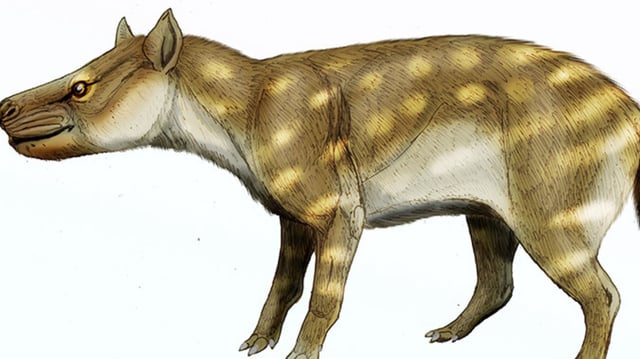Overview
- Researchers applied dental microwear texture analysis to fossilized Dissacus praenuntius teeth from Wyoming’s Bighorn Basin to trace dietary changes across the PETM
- Microscopic wear patterns shifted from flesh-shearing marks to those characteristic of bone processing, signaling increased consumption of brittle materials
- The onset of extreme warming coincided with a modest reduction in average body size, suggesting that food scarcity drove dwarfing more than temperature alone
- Despite surviving for some 15 million years, Dissacus praenuntius eventually went extinct, indicating that even adaptable species face limits under prolonged environmental stress
- By linking deep-time feeding flexibility to survival, the study offers actionable insights for conservationists assessing which modern specialists may be most at risk
